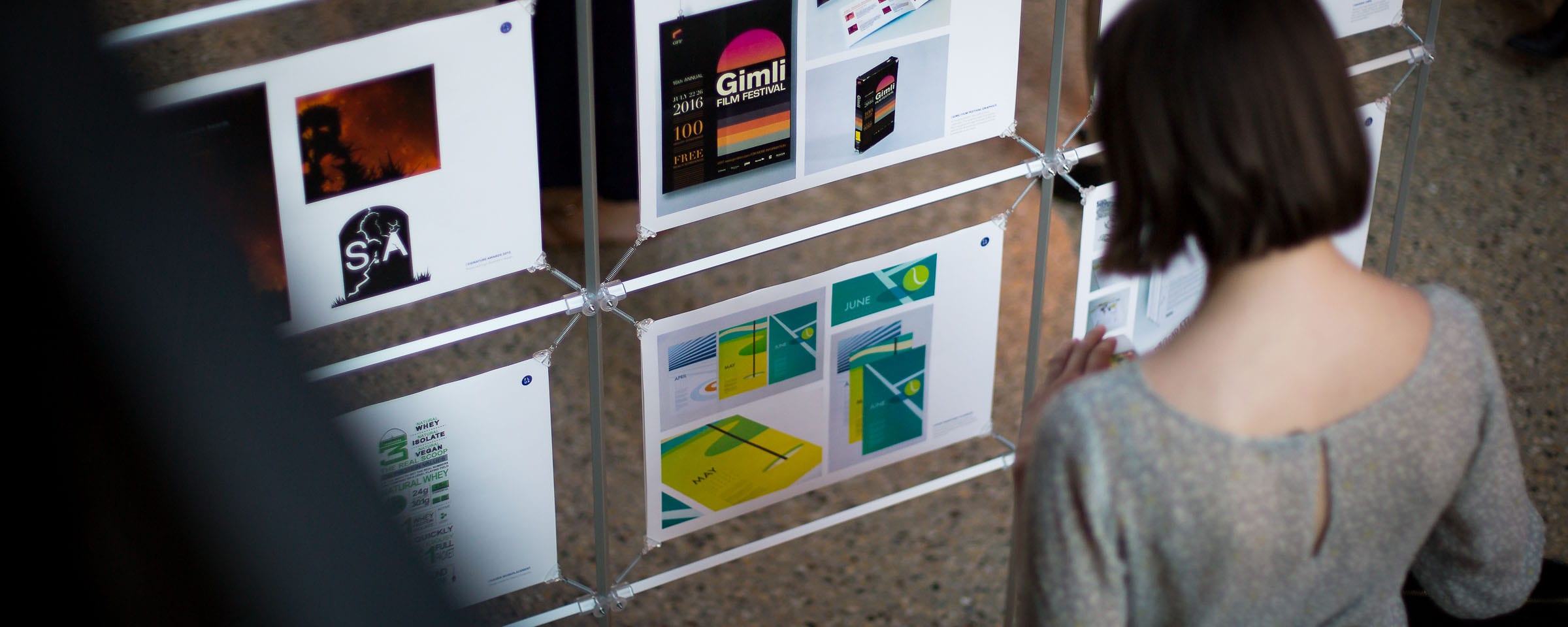


Whether you’re dreaming of a future in front of the camera or behind it, or just putting your big idea out for the masses, an RRC Polytech creative arts education is your ticket to making it a reality.
Harness your imagination and start designing your life, your career and the world around you at RRC Polytech.
Check out our latest full-time and part-time programs and apply or register today!
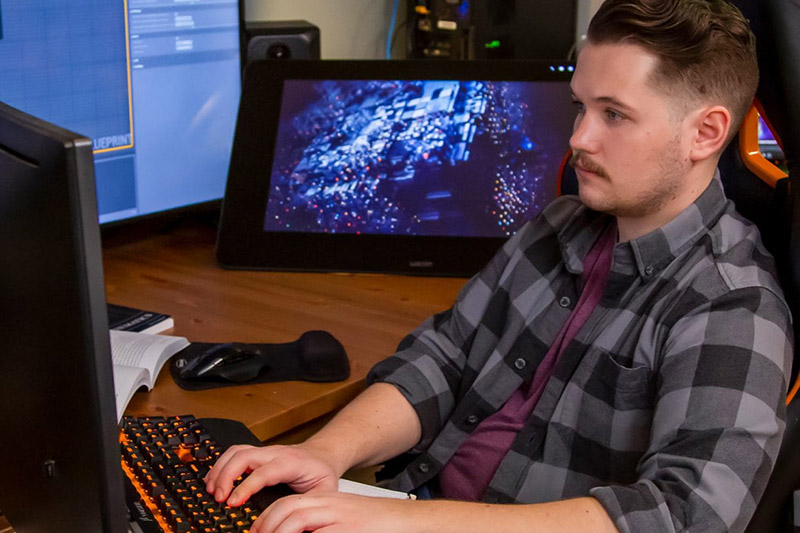
Every workplace needs one — the person with the creative solutions to tough questions.
Average recommendation rate among recent graduates; retrieved from the 2019-2020 RRC Polytech Graduate Satisfaction and Employment Reports.
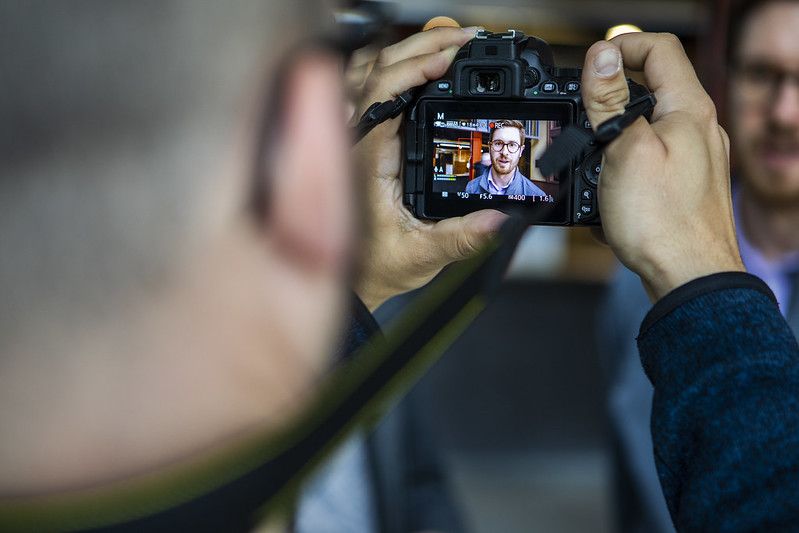
Manitoba’s creative community is growing—and so is the job market for confident, dynamic creatives.
Average employment rate among recent graduates; retrieved from the 2019-2020 RRC Polytech Graduate Satisfaction and Employment Reports.
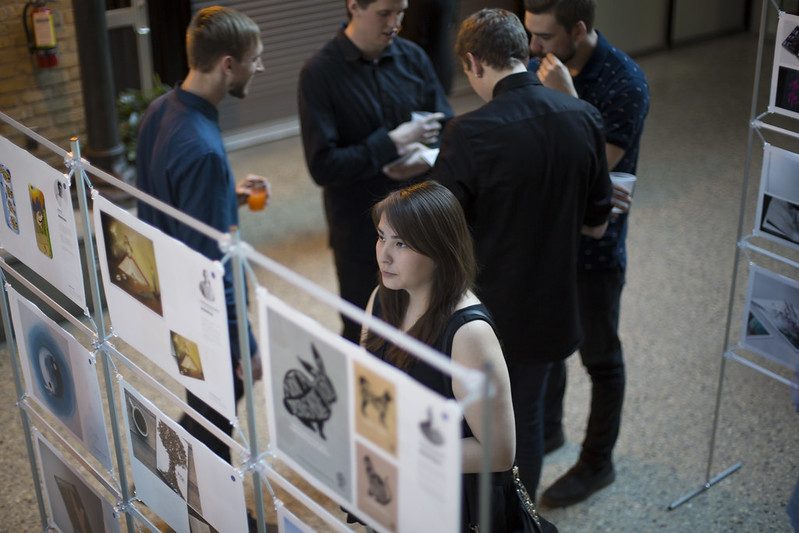
With small class sizes, innovative projects, and modern spaces, you can harness your full potential and build a career that lets you use your creativity every single day.
Average satisfaction rate among recent graduates; retrieved from the 2017-2018 RRC Polytech Graduate Satisfaction and Employment Reports.
“The instructor’s job is to show you your potential and help unlock it, and they showed me as much as they could within two years. At the end of it, you’re left with a lot of information that carries on. All those teachings are still in my work. I benefited immensely from everything they showed me. They pushed my boundaries and got me out of my comfort zone.”
Jordan Stranger, Digital and Visual Artist
Graduate, Graphic Design
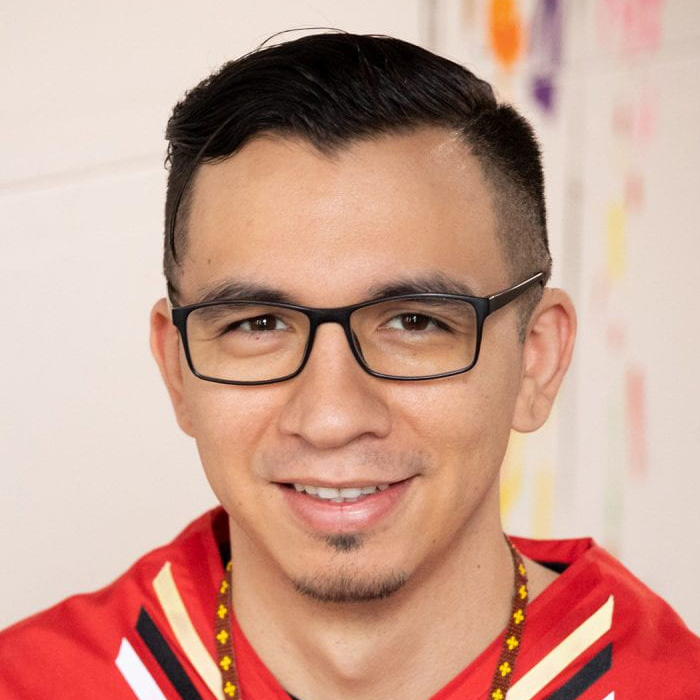
RRC Polytech campuses are located on the lands of Anishinaabe, Ininiwak, Anishininew, Dakota, and Dené, and the National Homeland of the Red River Métis.
We recognize and honour Treaty 3 Territory Shoal Lake 40 First Nation, the source of Winnipeg’s clean drinking water. In addition, we acknowledge Treaty Territories which provide us with access to electricity we use in both our personal and professional lives.